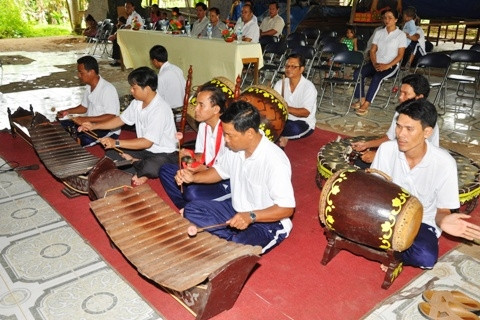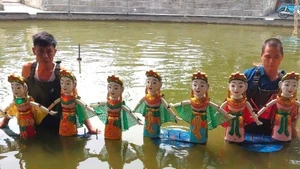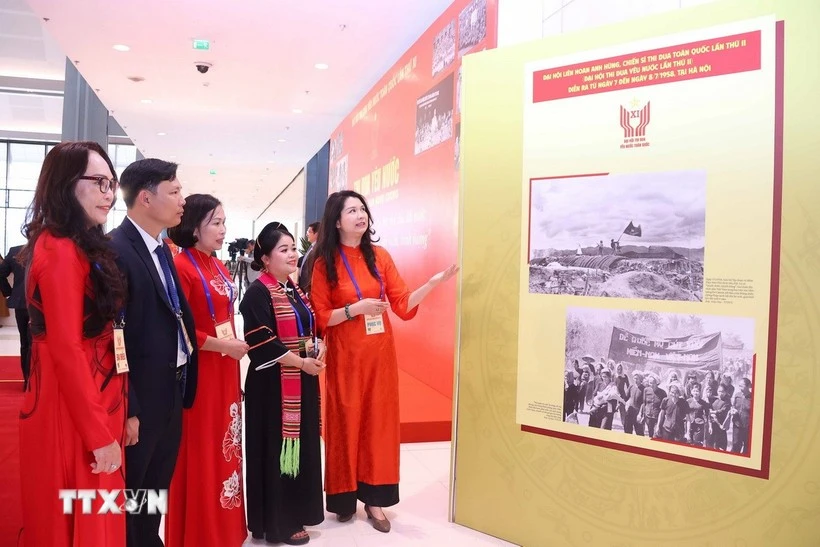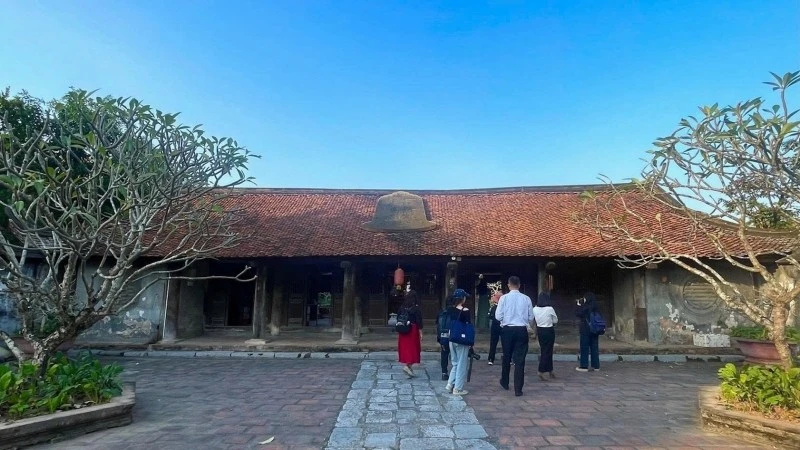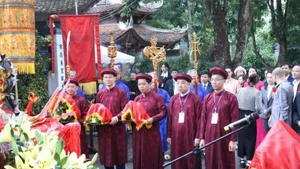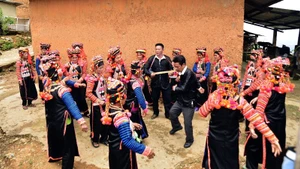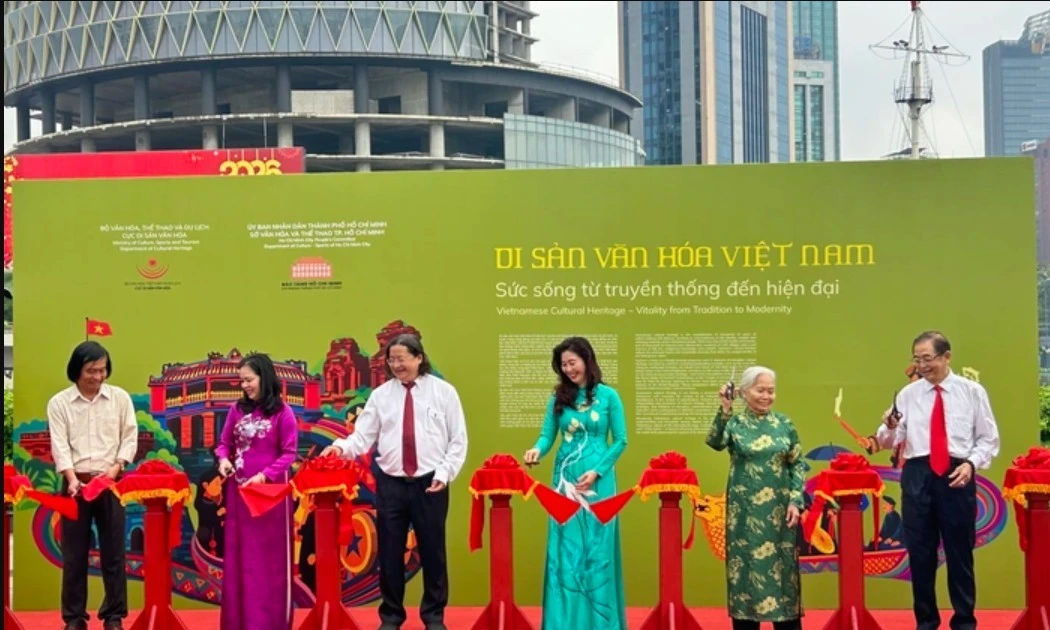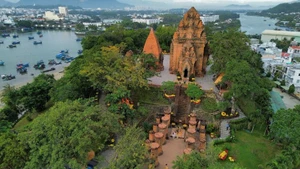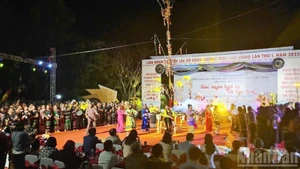The An Giang provincial Department of Culture, Sports and Tourism and the Committee for Ethnic Minorities have given local Khmer pagodas 20 sets of Ngu Am instruments to help with these efforts.
Unlike the traditional musical instruments of the Kinh majoirty, Khmer instruments are made from a variety of materials such as particular types of wood, bronze, coconut shells, cow hide and snake skin.
A full set of Ngu Am instruments includes a small drum called a skoday; a large drum called a skothom; and a two-stringed instrument, the tro-sau; as well as a zither (takhe), a dulcimer (khim), and a set of bronze or wooden percussion instruments called roneat. An instrument called a tro u made from coconut shells and a skor chhay dam (drum) are also sometimes used in a traditional orchestra.
Ngu Am music is essential for important Khmer events like the anniversary of Lord Buddha's birthday, Chol Chnam Thmay (their traditional New Year festival) and other cultural activities.
An Giang is home to 65 Khmer pagodas located mainly in Chau Phu, Chau Thanh, Tri Ton, Tinh Bien and Thoai Son districts. These pagodas are frequented by more than 114,600 people or 5.33% of the province’s population.
However, only three of the pagodas have full sets of Ngu Am instruments, while 20 others use incomplete sets. Local artisans can no longer make the instruments so they are bought from Cambodia instead.
Khmer people in Vietnam feel that investing in traditional musical instruments and popularising their music is essential for the Khmer to maintain their cultural identity.
VNA
